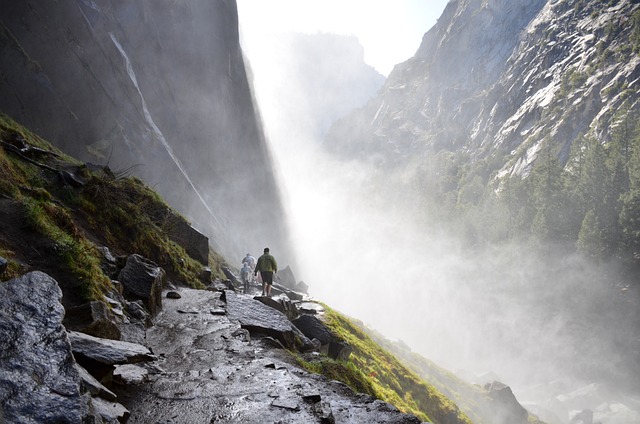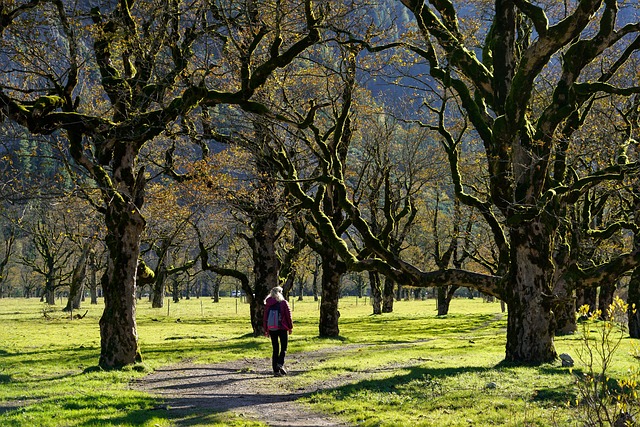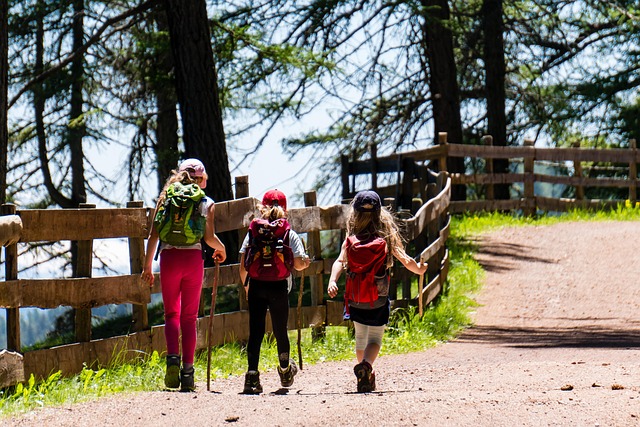Combining mountain biking and hiking on versatile trails creates family-friendly paths that cater to all adventure levels, encouraging exploration and connection with nature. These trails should offer wide, maintained paths, clear signage, rest areas, and varied terrain from gentle to challenging, fostering a safe yet exciting outdoor experience for all ages.
Discover the ultimate outdoor adventure: mountain biking and hiking combo trails! These innovative routes offer a diverse experience, appealing to both enthusiasts and families. In this guide, we explore why combining these activities is a game-changer, from enhancing fitness to fostering connection with nature. We delve into designing accessible family-friendly paths, considering topography, safety, and balance between biking and hiking. Get ready to navigate stunning landscapes and create unforgettable memories on these versatile trails.
- Why Combine Mountain Biking and Hiking?
- Designing Family-Friendly Trails
- Topography and Terrain Considerations
- Accessibility and Safety Features
- Maintaining Balance: Biking vs. Walking Experience
Why Combine Mountain Biking and Hiking?

Combining mountain biking and hiking on combo trails offers a unique and diverse outdoor experience that appeals to a wide range of adventurers, including families seeking fun and active recreation. These multi-purpose paths cater to both hikers and mountain bikers by providing a single route that seamlessly integrates different terrains and challenges.
By combining these activities, trail designers create family-friendly paths that offer something for everyone. Hikers can enjoy the serenity and beauty of natural landscapes at their own pace, while mountain bikers can tackle exciting twists and turns with a mix of uphill climbs and downhill sprints. This versatility encourages outdoor enthusiasts to explore new areas, fostering a deeper connection with nature and creating lasting memories.
Designing Family-Friendly Trails
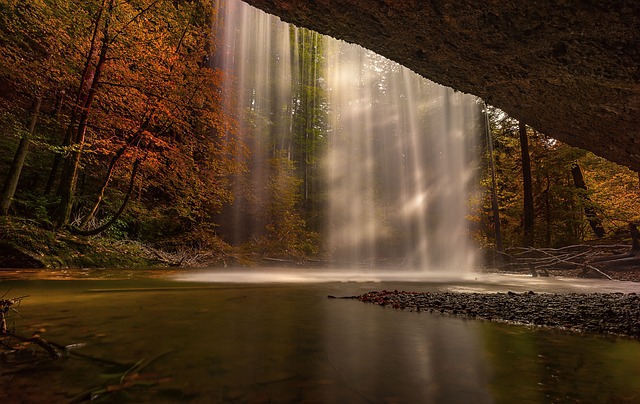
When creating mountain biking and hiking combo trails, designing family-friendly paths should be a top priority. Incorporating features like wide, well-maintained treads, gentle slopes, and scenic vistas makes these trails accessible and enjoyable for all ages and skill levels. Benches, rest areas, and water stations along the way also contribute to a positive experience, ensuring that families can take breaks and soak in the natural surroundings without feeling rushed or intimidated.
To create truly family-friendly trails, consider incorporating educational elements such as interpretive signs that highlight local flora and fauna. These can transform a simple hike into an engaging learning opportunity for kids, fostering an appreciation for nature. Additionally, signage should clearly mark trail difficulty levels and any potential hazards, empowering parents to make informed decisions about which sections are suitable for their children.
Topography and Terrain Considerations
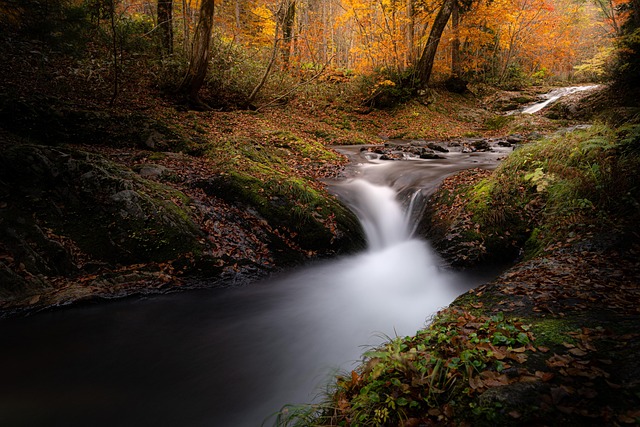
Mountain biking and hiking trails that seamlessly combine both activities offer a diverse and exciting experience for outdoor enthusiasts, especially those seeking family-friendly options. When designing or exploring these combo trails, topography and terrain play a pivotal role in creating an engaging journey. The variety of landscapes encountered along the route can range from gentle, winding forest paths suitable for all ages to more rugged and steep sections that challenge experienced riders.
Family-friendly paths typically prioritize accessibility and safety, featuring well-maintained trails with minimal technical obstacles. These trails often meander through lush forests, offering a peaceful escape while providing ample opportunities for wildlife spotting. For hiking enthusiasts, the chance to immerse themselves in nature’s beauty is a significant draw. Meanwhile, mountain biking enthusiasts appreciate the blend of flowy sections and occasional technical challenges that keep riders engaged and excited throughout their adventure.
Accessibility and Safety Features

Many modern mountain biking and hiking combo trails are designed with accessibility and safety in mind, offering family-friendly paths that cater to riders and hikers of all ages and skill levels. These trails often feature well-marked signs, clear width clearance for both bikes and pedestrians, and gentle gradient changes to ensure a smooth experience for everyone. Handrails, bridges, and boardwalks may be incorporated into the design, enhancing safety and accessibility across challenging terrain.
Additional safety features include designated rest areas, water fountains, and even first-aid stations along the trail. Some trails also have lighting installed for evening use, while others incorporate color-coding systems to indicate difficulty levels, helping users choose routes that match their capabilities. These thoughtful designs make mountain biking and hiking combo trails a welcoming and enjoyable activity for families and outdoor enthusiasts alike.
Maintaining Balance: Biking vs. Walking Experience
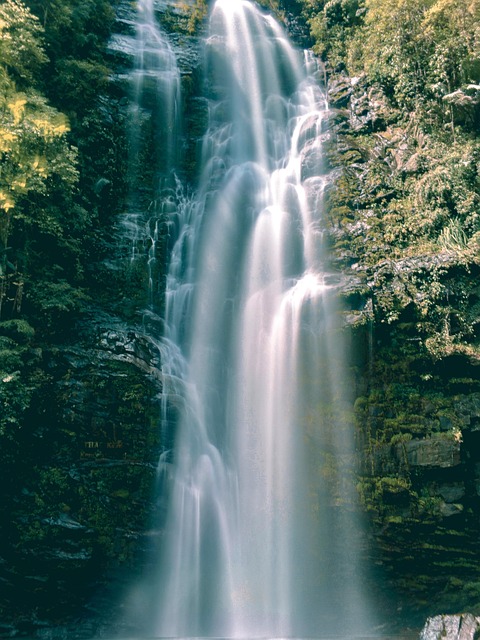
Mountain biking and hiking trails that seamlessly blend both experiences offer a unique adventure for all, especially families looking for outdoor fun. While dedicated hikers appreciate the challenge and tranquility of walking in nature, mountain bikers enjoy the thrill and speed on their bikes. Well-designed combo trails strike a balance between these two activities, catering to diverse preferences.
These family-friendly paths often feature wide, well-maintained trails that are suitable for both hiking and biking. They may include designated bike lanes or marked sections, allowing riders to mix it up according to their energy levels and interests. This flexibility ensures everyone in the family can enjoy the outdoors at their own pace, making it a memorable experience for all ages.

